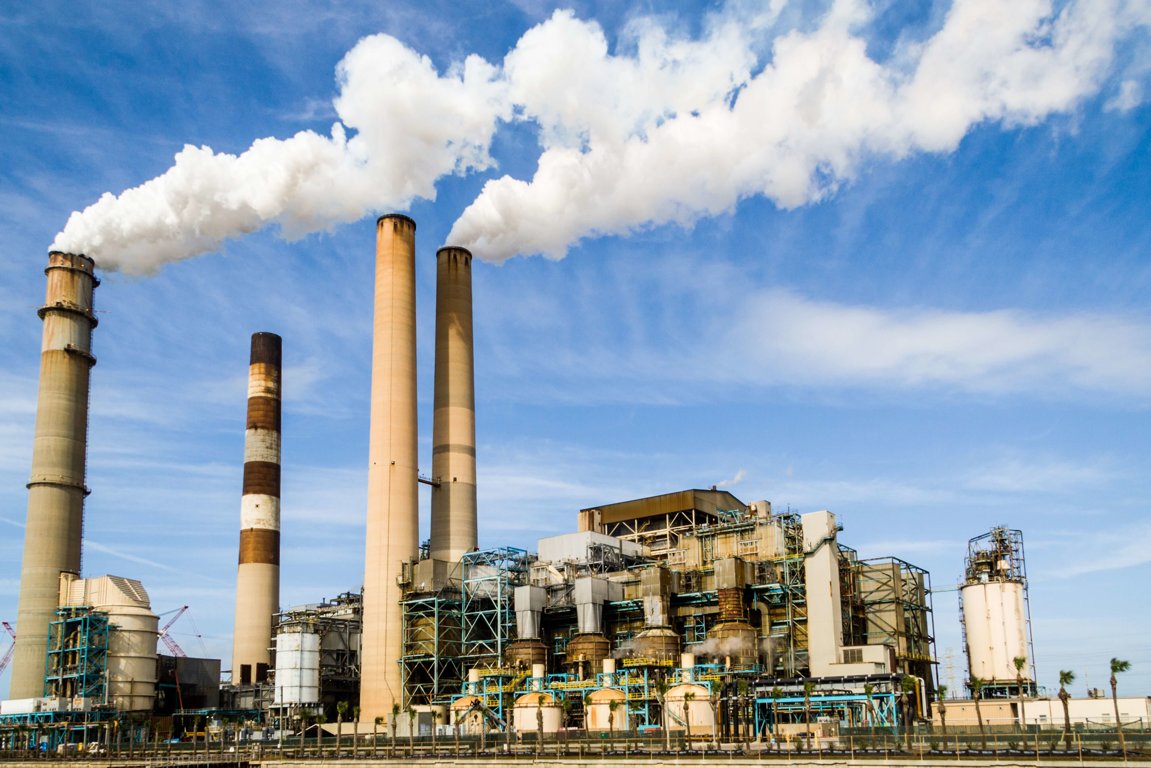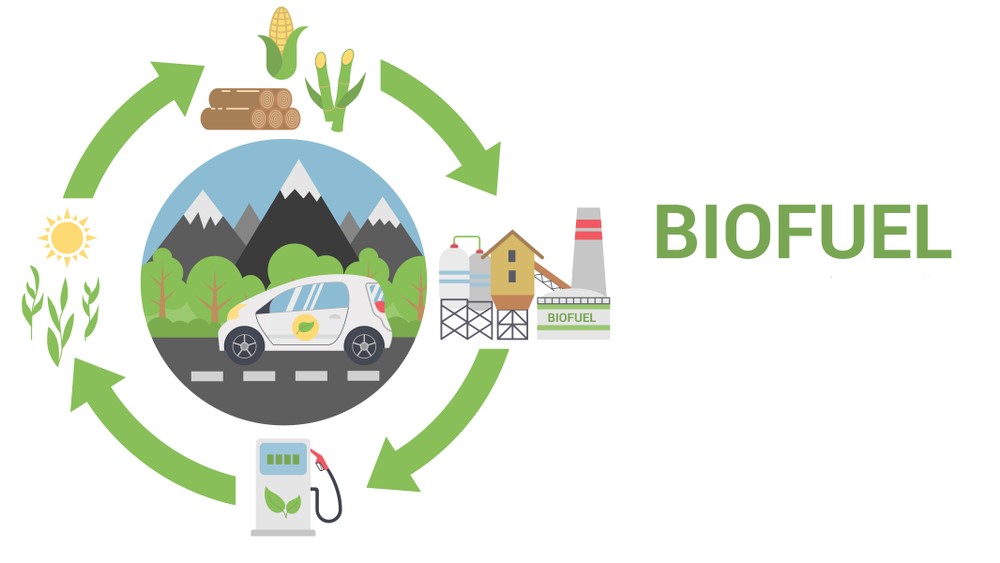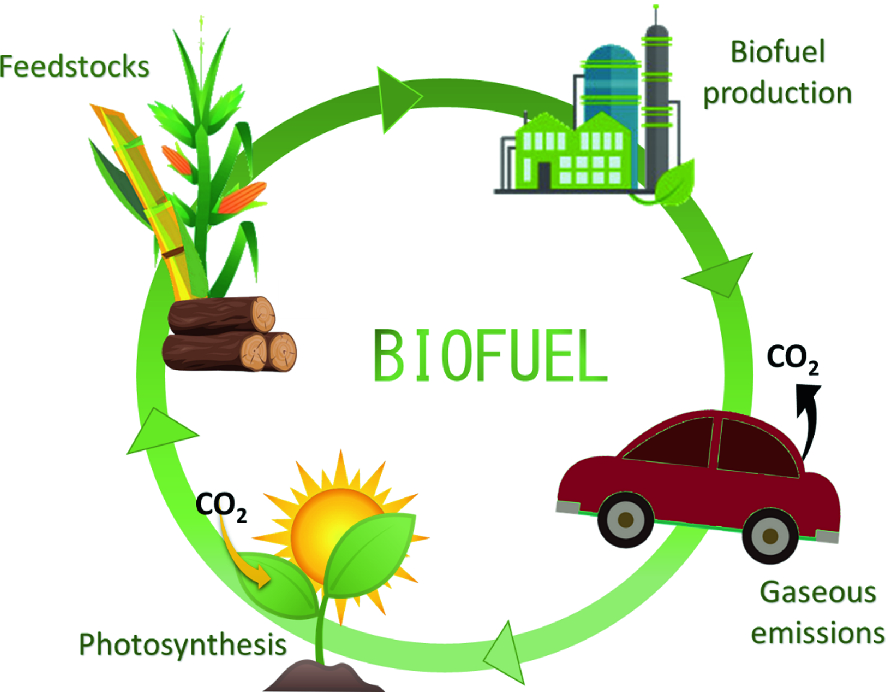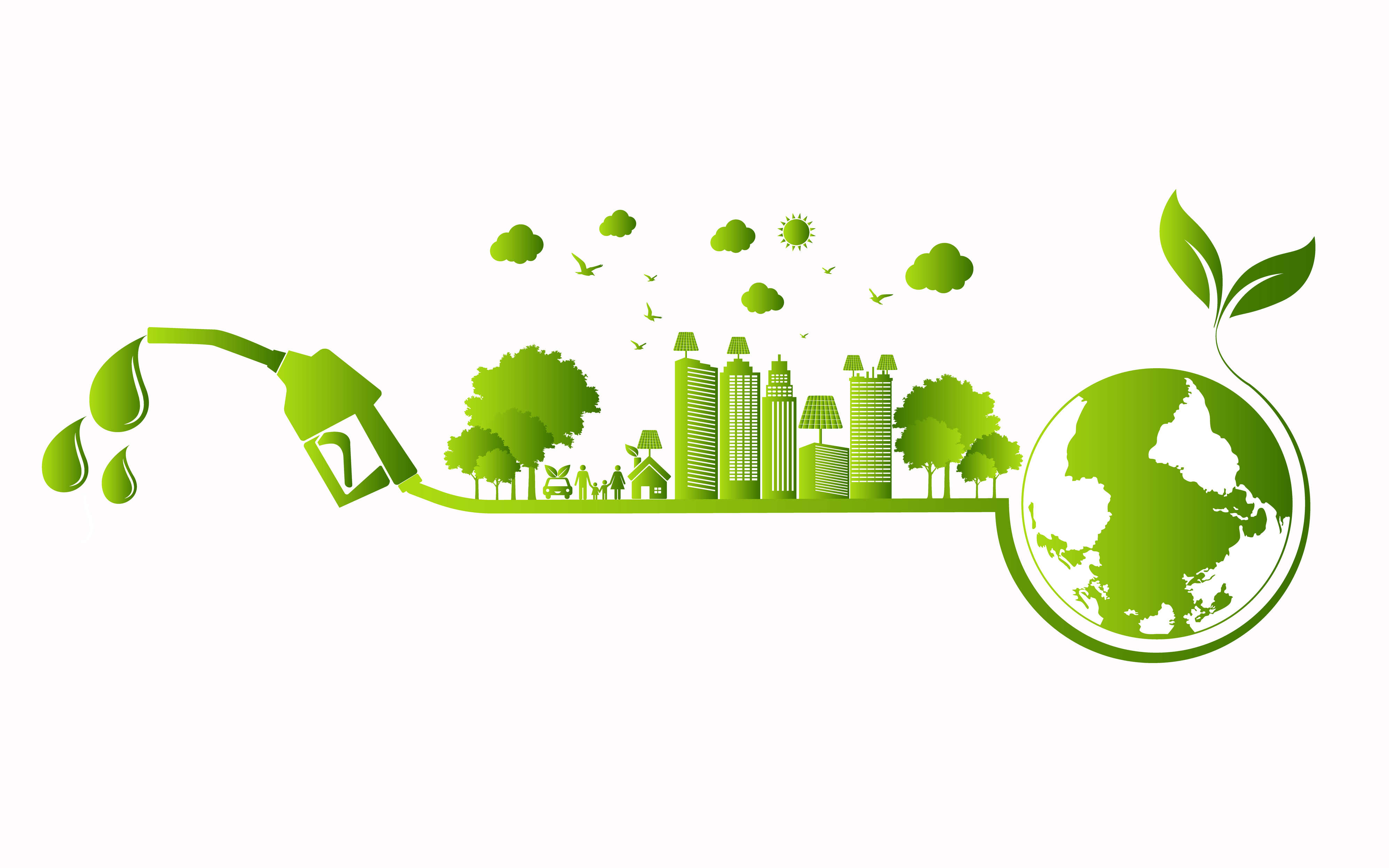Biofuels- the future of energy and their significance

Significance of Biofuels
The Mahatma once said, “The Earth has enough to satisfy every man’s needs but not for every man’s greed.” Only if the man could understand the meaning of Gandhiji’s thought, the world would have been a better place to live in. Human beings, who are believed to be the most intelligent animal on the planet, has foolishly enough paved their way with greed towards early destruction of their home.
The resources to sustain life on this planet is limited. But, with the population going out of control in few countries and people embracing the modern lifestyle, seldom the fact that this planet is slowly running out of our basic needs, slips from our mind.
So what runs this advanced industrialized and pro-technology-driven civilization? Of course, it needs energy. And the major part of this energy comes from fossils. And these fossils are the blessings of our ancestors.
When we try to picture a developed country, cars zooming from one place to the other, bullet trains crisscrossing the country, aeroplanes hovering in the sky, brightly lit cities and high-end technology-driven security systems among others, comes into our mind. None of these can sustain without energy.

The question arrives, does the world have enough energy to sustain such infrastructure for every country? We all know the answer, but how much effort are we putting to find a way out of this inevitable ending?
Fossil fuels were formed millions of years ago, and we have been extracting them for nearly 200 years. Within this short period of time, we have consumed a huge amount of this blessing. The scary part is if we continue the current rate of consumption, it is estimated that the reservoir will soon run out of fossil fuel. How soon? Well, some researchers believe that all fossil fuels will be depleted by 2060.
In 2018, the globe witnessed an increase in oil demand by 1.3%, which is almost twice the average demand witnessed in the previous 10 years! The transport sector mainly predominating this oil demand, oil reserves are predicted to become empty by 2058. Next time you keep the ignition turned on during a red light, remember this number.
Though coal and natural gasses are believed to last a little longer, yet that is not enough to sustain this humongous demand.
Necessity is the mother of invention
About 420 million years ago during the late Silurian Period, a discovery that defined human beings of their intelligence, and separated them from other animals, was the fire. Even today, this discovery is believed to be the driving force of human civilization.
With time, man has proved that if they are responsible for this planet’s destruction, it is the man and only man who can save their abode from being destroyed.
Man has found sustainable ways to compensate for the extreme demand for fossil fuels. Renewable energy sources have been encouraged in several developed and developing countries, which have shown highly satisfactory outcomes. But, that alone cannot support the total energy requirement of this planet.
Biofuels as a way out

Biofuel is a fuel that is produced through modern processes from biomass, instead of by extreme slow geological processes involved in the formation of fossil fuels, such as oil, natural gas et cetera. Biofuel can be obtained from agricultural wastes, industrial wastes (biological origin), and plants among other sources. The Intergovernmental Panel on Climate Change (IPCC) defines biofuel as bioenergy or renewable energy.
To reduce dependency on petroleum, the International Energy Agency (IEA) want biofuels to satisfy more than a quarter of the globe’s demand for transportation fuels by 2050. However, for IEA’s dream to become reality, the global output of biofuels must be 10% per year. This figure seems to be far away from reality, which is approximately 3% annually for the next 5 years.
The two most common types of biofuel are bioethanol and biodiesel.
Bioethanol
This is a form of alcohol produced by fermentation, mainly from carbohydrates produced in sugar or starch crops, such as sugarcane, sweet sorghum, or corn. Cellulosic biomass which is derived from non-food sources, such as trees, woods, and grasses, is also being modified and developed into feedstock for ethanol production. Ethanol can be directly used in its pure form (E100) as a fuel form for vehicles. But, generally, it is used as an additive in gasoline to improve vehicular emission. This type of biofuel is extensively used in the United States and Brazil.
Biodiesel
Oils and fats through transesterification (conversion of fats and oils into alcohol) produce biodiesel. Commonly used in Europe, this type of biofuel can be used in its pure form (B100). Generally, it is used as an additive to diesel for lowering the particulates, hydrocarbon and carbon monoxide from diesel-powered automobiles.
Ethanol blending in India
India is a developing country with an average oil demand of 5,270.734 Barrel/Day in the year 2019. With such a hunger for oil, it is a tough way for India to conserve fossil fuels for the near future.
The Government of India has recently resolved to meet the target of 20 per cent ethanol blending in petrol by the year 2025. This will encourage the fifth-largest economy to strengthen its energy security. Consequently, it will enable local enterprises and farmers to take part in the energy economy and bring down automobile emission.
In 2001, the central government had launched pilot projects where retail outlets were supplied with 5 per cent ethanol-blended petrol. In 2003, after the success of the pilot project, Ethanol Blending Petrol (EBP) Programme kick-started. Presently, 5 per cent of ethanol is blended with petrol in our country. The Government has eventually advanced the target to 20 per cent ethanol blending (E20) to 2025.
Need for ethanol blending in India
Ethanol blending has been predicted to bring excellent results in India. First things first, it is estimated to reduce India’s auto fuel import statement by Rs 30,000 crore annually. Secondly, it provides an opportunity for the farmers to earn some extra money by growing produce that helps in the production of ethanol. Thirdly, ethanol is less polluting than other fuels, its efficacy is equivalent to petrol and at the same time, it is cheaper than the same.
In Europe, biofuels have been considered as a way out to reduce greenhouse emissions from road transport, as they are viewed as carbon dioxide neutral fuels.
Challenges faced by India
Firstly, domestic production of bioethanol is limited and insufficient to meet the demand for bioethanol blending with petrol for India.
Secondly, India’s water requirements for producing ethanol are not sufficient through rainwater. The groundwater is used for drinking and other purposes. For this reason, India although among the top producers of ethanol, it lags behind the top producers, the US and Brazil by a huge gap.
Thirdly, limited sugarcane availability has become another reason that affects ethanol blending in the country. For the blending rate to be achieved at 20 per cent, almost one-tenth of the present net sown area must be converted to sugarcane fields.
Fourthly, ethanol production from crop residue can be a suitable alternative only if the annual capacity of biorefinery is capable of meeting the demand of 5% ethanol blending requirement.
The way forward
 s
s
The central government must keep on looking at ways to reduce the program’s dependence on sugarcane. Alternative sources such as agricultural waste, recycled cooking oil among others, provide more efficient environment-friendly bio-fuels. Incentivising private and public players can encourage them to set up second-generation ethanol facilities. Thereby, reducing the dependence on sugar cane.
As Gandhiji correctly said, “The earth, the air, the land and the water are not an inheritance from our forefathers but on loan from our children. So we have to hand over to them at least as it was handed over to us.” It is our responsibility to conserve the remaining of this beautiful planet for our future generations to enjoy them.
Edited by Aishwarya Ingle





